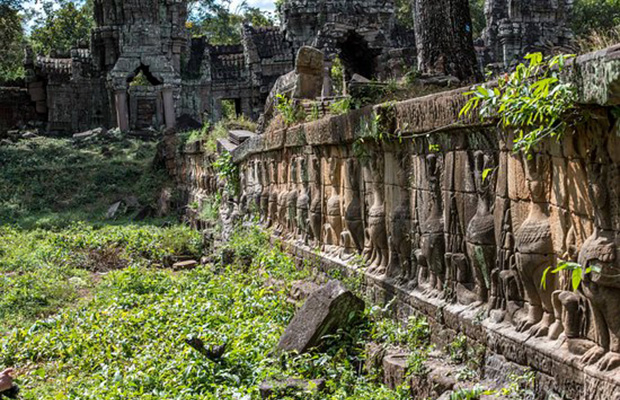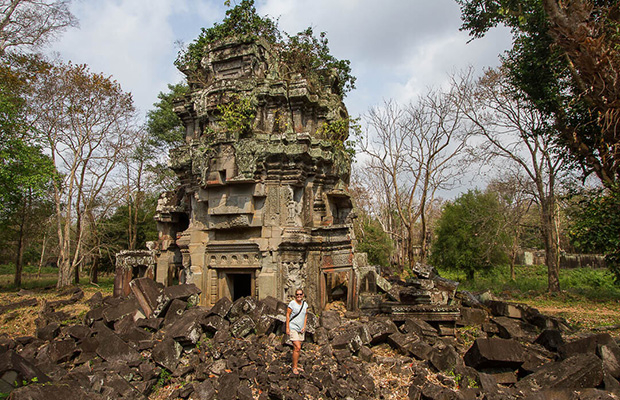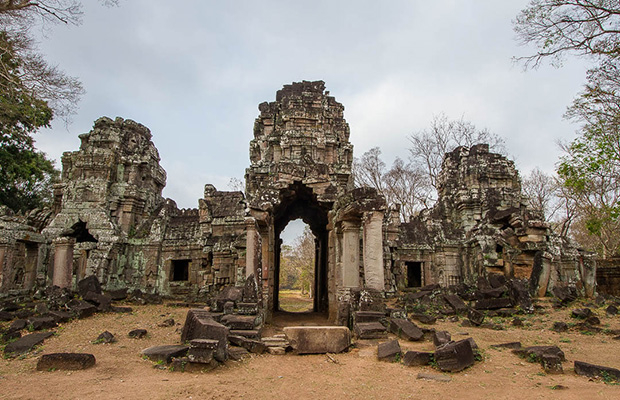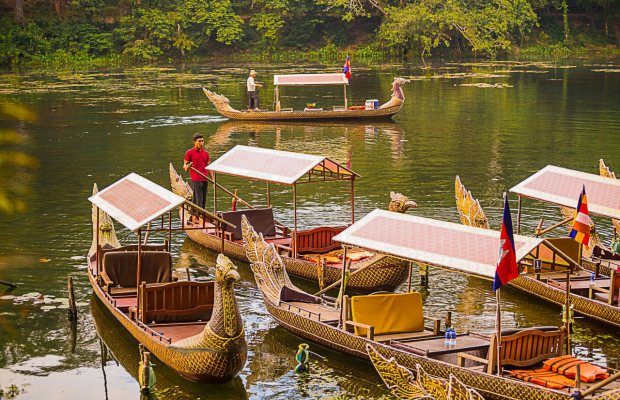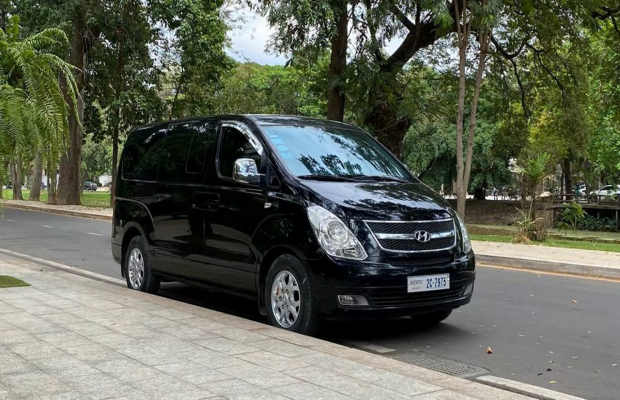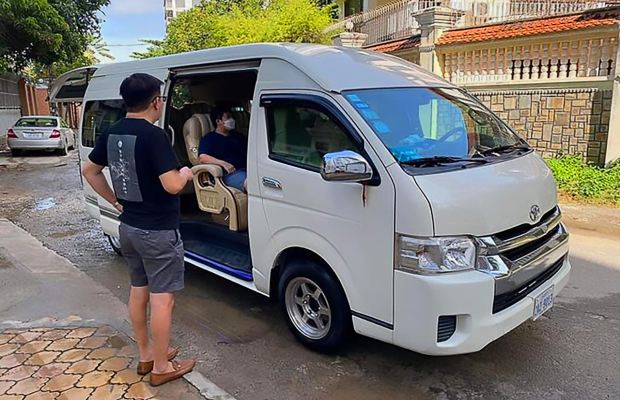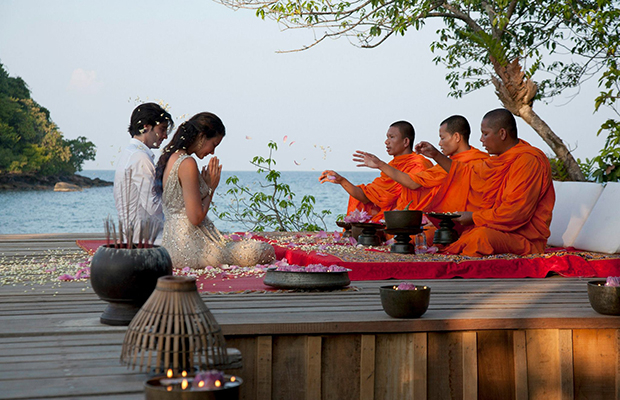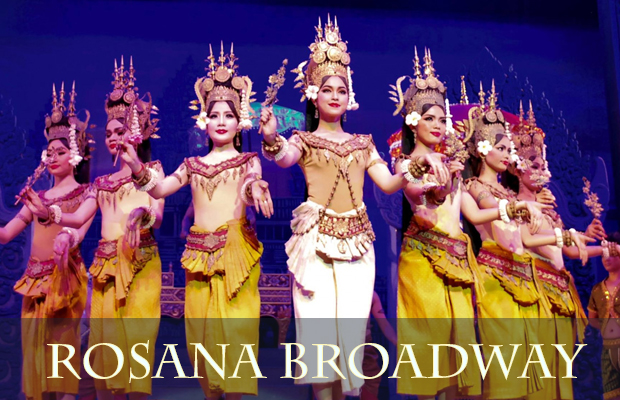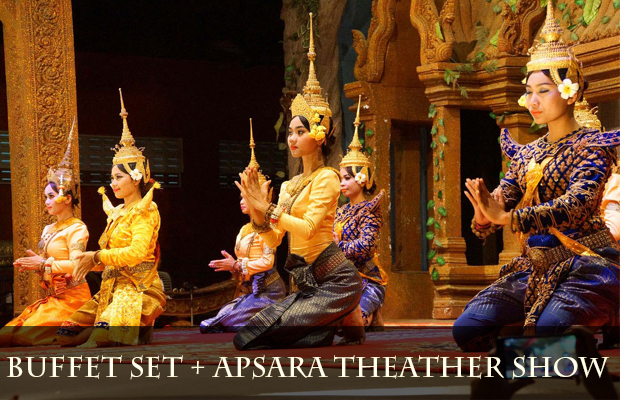Explore
Bakan Temples
The Bakan temples are located in Ta Siang village, Ronakse commune, Sangkum Thmei district, about 105 kilometers southwest of the provincial town. on a plain that was a former worship place of the king. The temple is surrounded by two ramparts-inside and outside rampart. Inside each rampart, there are many other temples such as Neang Peou and Dangkao Baodos temples.The temple was likely a royal palace and worship place. According to historians, the site used to be a hiding place of King Jayavarman VII before he ascended to the throne in AD 1181 because the style of some construction is similar to the style of Bayon and Ta Prohm temples.
Outside the rampart, there are many other temples such as Preah Damrei, Preah Thkaol, Ta Prohm, Muk Buon and Preah Stung temples.Looking through into the large area beyond the wall of Prasat Bakan (Bakan Temple) in Preah Vihear province, laterite stone refracts the bright sunshine, enveloping the temple in a heavenly light. The towers of the temple have long since collapsed and the hundreds of pieces of stone which once made up Bakan are now a less-than-glorious pile of rubble. Even in this sad state destroyed in part by war, and in part by greed the fallen Bakan can still provide us with evidence of the once important place this temple held in the history of the Angkor period, but looters have other plans. In 2003 after a botched robbery, the central area collapsed and apsara and Buddha statues were stolen.
Prasat Bakan is off National Route 6, 75km north of the Kompong Thom town, Stoung. According to the director of the Department of Culture and Fine Arts Ros Samphal, in ancient times, Prasat Bakan, or Preah Khan Kompong Svay temple as it sometimes called, was originally named after a victorious and well-loved general: Jey Srey. This general, was a man renowned for defeating the Cham and forcing them out of the Angkor capital. "Jey Srey is better known as Jayavarman VII," Ros says. "Angkor?s mighty architect and warrior king."He says that while the Angkor capital was occupied by Cham soldiers, one of the then Angkorian king?s sons, Jey Srey, fled the country to live in the Champa Kingdom (now central Vietnam). While living there, he studied this neighboring Kingdom, and in particular Cham military tactics. After 14 years, he returned to his beloved Angkor and created his own army, training them in secrecy in the jungle.
"While living in the jungle," Ros says, "he completed Prasat Bakan. He also built an iron foundry where swords, knives, axes and other weapons were made by the thousands.""Each day, more and more soldiers were enlisted for military training." "Once trained," Ros continues, "Jey Srey led his army through Kompong Svay province [now part of Kompong Thom and Preah Vihear provinces] direct to the Angkor capital, where he fought and defeated the Cham soldiers for the liberty of his father's kingdom.""Jey Srey's name held great meaning. Jey means victory and successor;Srey means happiness, harmony and good luck."Deputy director of the Preah Vihear Provincial Tourism Department Kit Chanthy says Prasat Bakan was the second capital of the Angkor kingdom during the reign of King Jayavarman VII. "King Suryavarman I began the construction of the Hindu temple Bakan between 1002 and 1050. The temple was completed by King Jayavarman VII," Kit explains. Prasat Bakan is situated in Ta Seng village, Sangkum Thmey district, Preah Vihear province."
Under Secretary of State of the Ministry of Culture and Fine Arts H.E. Khim Sarith says since the beginning of 2006 the Ministry has been cooperating with provincial authorities to set up a team to protect the temple. "However what makes this difficult are the current road conditions leading to the temple. During the rainy season we can?t even get into the area," Khim says. The main group of temples were built in the 12th century when Preah Khan was home to both King Suryavarman II and later, the future King Jayavarman VII, before the latter defeated the invading Chams, claimed the throne and moved his capital back to Angkor in 1181. The story of his victories are celebrated in bas-relief carvings on the walls of the Bayon and Banteay Chhmar.
Located 100 kilometres east of Angkor, the site was studied in the 1870s by Louis Delaporte, who shamefully looted and carried off a number of substantial carvings that are now housed in the Guimet Museum in Paris. However, one masterpiece remains in the National Museum in Phnom Penh and that's a finely sculpted head, believed to be of Jayavarman VII. A millennium celebration at Preah Khan attracted hundreds of locals and vegetation was cleared from the site for the occasion, but it remains a complex very much in its natural state, inundated with trees, scrubs and dense foliage throughout. With the re-emergence of Cambodia's remotest areas from years of inaccessibility.



